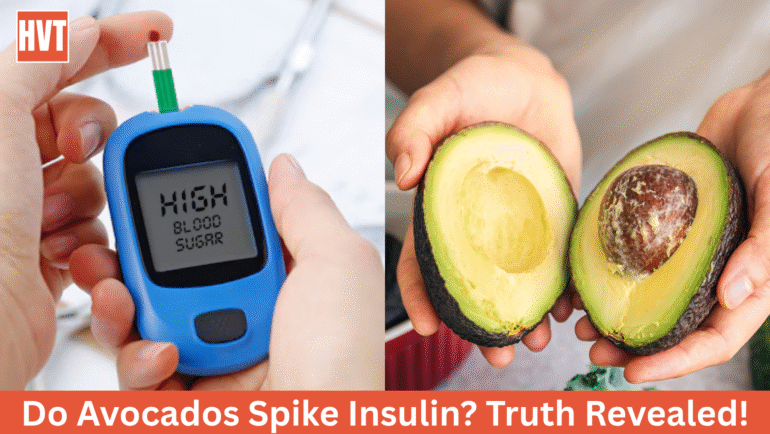
SAPODILLA (Chikoo): Sweet Energy Fruit Packed with Antioxidants & Gut-Friendly Fiber
Sweet, soft, and packed with natural goodness, Sapodilla (commonly called chikoo in India) is a tropical fruit that deserves a spot on your plate.
Often overlooked compared to mangoes or bananas, chikoo offers a unique blend of energy-boosting natural sugars, fiber, and antioxidants.
One of its standout benefits is digestive support, making it a traditional household remedy for stomach issues.
Let’s explore why this humble fruit can be a delicious and nutritious addition to your diet.
What is Sapodilla (Chikoo)?
Sapodilla (Manilkara zapota)[1] is a tropical evergreen tree native to southern Mexico, Central America, and the Caribbean.
It is now widely cultivated in India, Thailand, and the Philippines. Chikoo grows best in hot climates and is generally available during the summer and early winter months.
A fun cultural fact: In India, chikoo is not just eaten raw. It’s also blended into milkshakes, ice creams, and smoothies, earning its place as a nostalgic treat for many.
Historically, the tree’s sap (chicle) was even used to make the first chewing gum!

What Does Sapodilla Taste Like?
If you’ve never tried sapodilla, imagine a sweet pear mixed with brown sugar and a hint of caramel. The flesh is soft, grainy, and juicy, almost melting in your mouth when ripe.
When underripe, however, it can taste chalky and astringent due to high tannin content. So it’s best to wait until the fruit is fully soft before enjoying it.
Sapodilla Nutrition Facts
Here’s the nutritional breakdown of 100 grams of fresh sapodilla (USDA)[2]:
| Nutrient | Amount |
|---|---|
| Calories | 83 kcal |
| Carbohydrates | 19.9 g |
| Natural Sugars | 14.7 g |
| Fiber | 5.3 g |
| Protein | 0.4 g |
| Fat | 1.1 g |
| Vitamin C | 14.7 mg (24% DV) |
| Vitamin A | 60 IU |
| Potassium | 193 mg |
| Calcium | 21 mg |
Key nutrients to note:
- Fiber supports digestion and promotes satiety.
- Vitamin C boosts immunity and helps in collagen production.
- Potassium aids in maintaining healthy blood pressure.
Health Benefits of Sapodilla
1. Supports Digestion: With over 5 grams of dietary fiber per 100 g, chikoo acts as a natural laxative, preventing constipation and supporting gut health[3].
2. Boosts Immunity: The fruit is rich in vitamin C, which helps strengthen your body’s defense system and protects against common colds and infections.[3]
3. Provides Quick Energy: Thanks to its natural sugars (fructose and sucrose), chikoo is a great snack for athletes or anyone needing a quick energy lift without processed sugar.[3]
4. Supports Bone Health: Sapodilla contains calcium and phosphorus, both essential for maintaining bone strength and preventing age-related bone density loss.[3]
5. Protects Against Oxidative Stress: Antioxidants in sapodilla, particularly polyphenols and flavonoids, help reduce inflammation and may lower the risk of chronic diseases such as heart disease and diabetes.[3]
6. Good for Skin Health: The vitamin C content aids collagen formation, keeping your skin elastic and youthful-looking.[3]
How to Eat Sapodilla
You can enjoy sapodilla in many simple and delicious ways:
- Fresh & Raw: Peel the skin, remove the black seeds, and scoop out the soft flesh with a spoon.
- Chikoo Milkshake: Blend ripe sapodilla with chilled milk and a dash of cinnamon for a creamy, naturally sweet drink.
- Fruit Salad: Mix chopped chikoo with bananas, papaya, and apple for a fiber-rich snack.
Nutritionist’s tip: Avoid adding extra sugar to chikoo recipes—it’s naturally very sweet.

How to Store Sapodilla to Keep Them Fresh
- Ripening: If unripe, keep chikoo at room temperature for 3–4 days until it softens.
- Refrigeration: Once ripe, store in the refrigerator for up to 3 days.
- Cut Fruit: Store peeled or sliced chikoo in an airtight container in the fridge and consume within 24 hours.
Possible Side Effects or Precautions
Side Effects
- High Sugar Content: Excessive intake may raise blood sugar levels, especially in diabetics.
- Overconsumption of Fiber: Eating too much can lead to bloating or digestive discomfort.
- Unripe Fruit Issues: Underripe chikoo contains tannins that may cause mouth irritation.
Precautions
- Always remove seeds before eating—they are not edible and can pose a choking hazard.
- People with diabetes should consume in moderation due to high natural sugar content.
- Those with sensitive stomachs may experience gas or bloating if overconsumed.
Fruits Similar to Sapodilla
- Pear: Similar grainy texture but less sweet.
- Fig: Comparable sweetness with high fiber content.
- Dates: Equally rich in natural sugars, often used as a substitute in desserts.
Common FAQs About Sapodilla
1. Is chikoo good for weight loss?
Yes, when eaten in moderation. Its fiber keeps you full, but its high natural sugar means portion control is important.
2. Can diabetics eat chikoo?
Yes, but only in small amounts. Pairing it with protein (like nuts) can help slow sugar absorption.
3. What is the best way to pick a ripe chikoo?
Choose fruits that are soft to the touch but not mushy. The skin should be smooth without cracks.
4. Can chikoo be eaten at night?
Yes, but since it’s rich in natural sugars, eating it earlier in the day is better for energy utilization.
Conclusion
Sapodilla (chikoo) is more than just a sweet treat; it’s a nutrient-packed fruit that supports digestion, boosts immunity, and delivers a quick energy lift.
From milkshakes to fruit bowls, there are countless ways to enjoy it. Just remember moderation is key, especially for diabetics or those watching sugar intake.
Next time you see this brown, round fruit at the market, give it a try—you may just discover your new favorite tropical delight.








